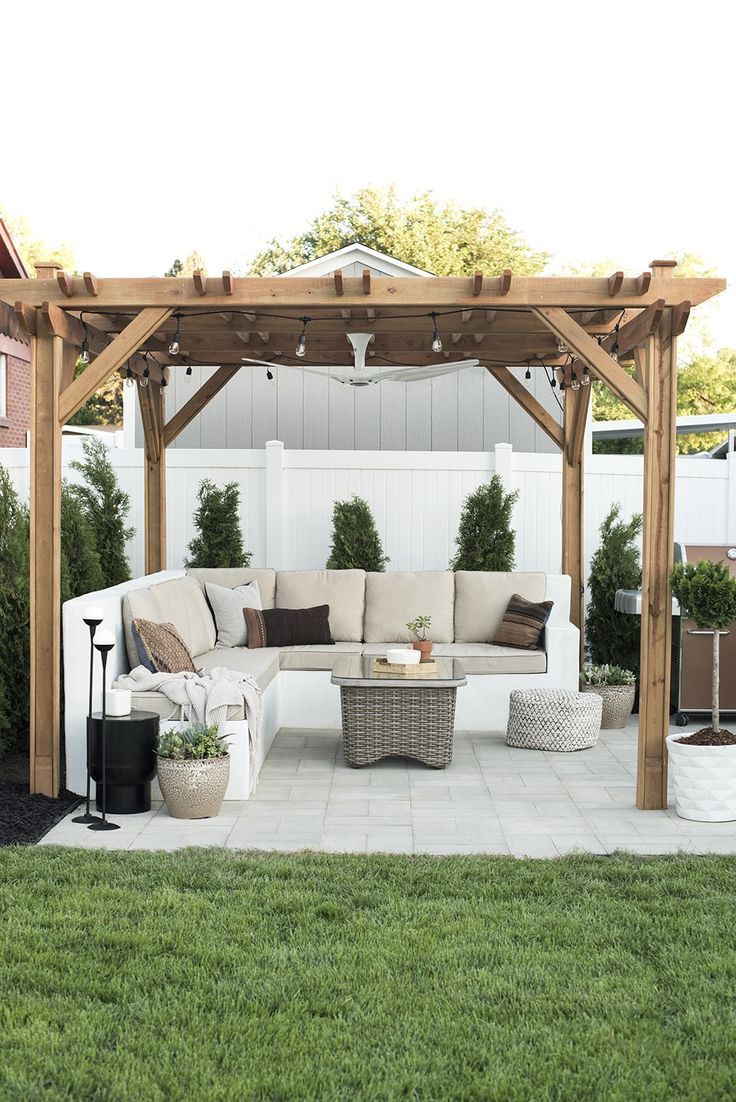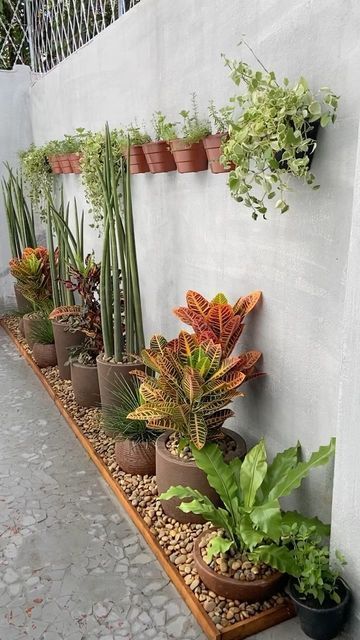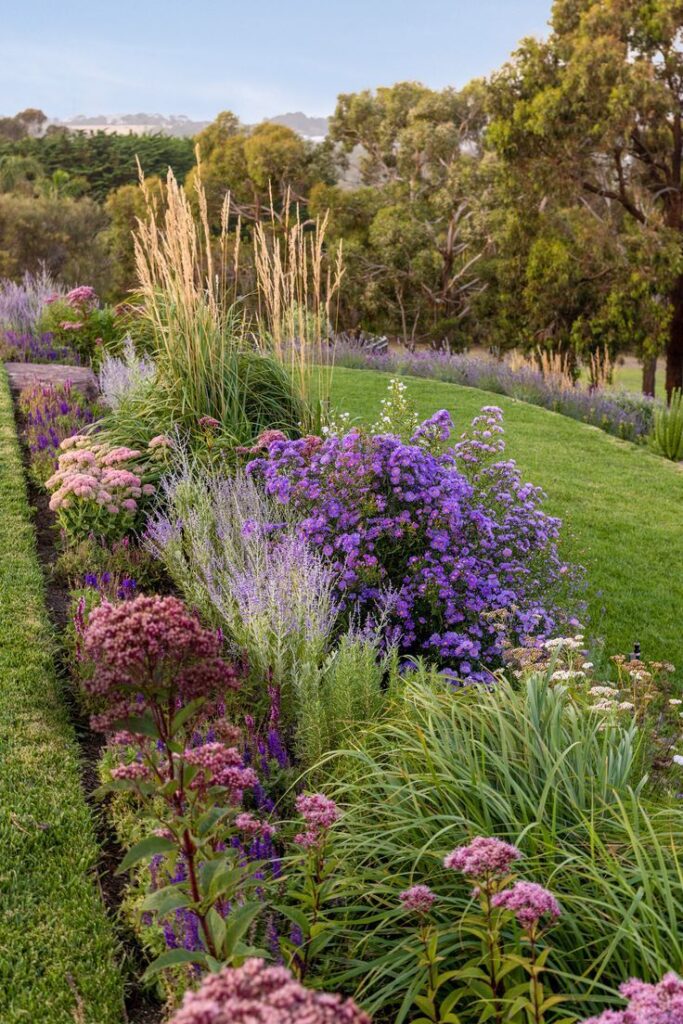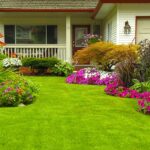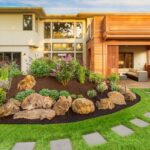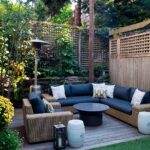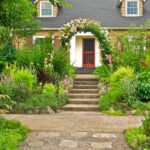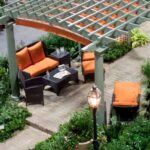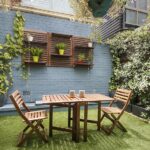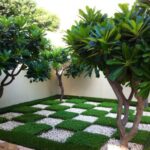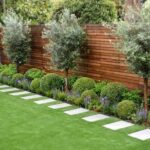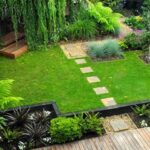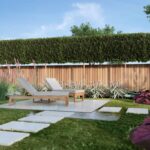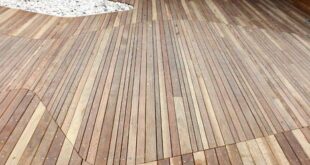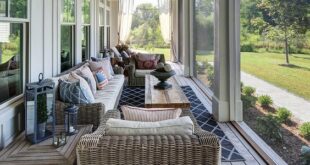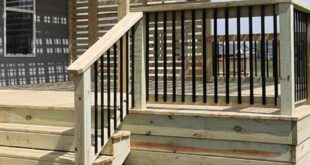Whether you have a green thumb or not, designing a home garden can be a fun and fulfilling project. There are numerous benefits to having a garden at home, including providing fresh produce, creating a peaceful sanctuary, and adding curb appeal to your property. With a bit of planning and creativity, you can transform any outdoor space into a beautiful and functional garden.
Before you start designing your home garden, it’s important to consider your space, climate, and personal preferences. Take note of how much sunlight your garden receives throughout the day, as this will determine which types of plants will thrive in your garden. Additionally, think about the size and shape of your garden space, as well as any existing features that you want to incorporate into your design.
Once you have a good understanding of your space and its limitations, it’s time to start planning your garden layout. Consider creating separate areas within your garden for different purposes, such as a vegetable garden, flower beds, and a seating area. This will help you organize your space and make it more visually appealing. You can also add pathways, fences, and trellises to define different areas of your garden and add interest to the overall design.
When selecting plants for your home garden, make sure to choose varieties that are well-suited to your climate and soil conditions. Consider factors such as the amount of water and sunlight your plants will need, as well as their growth habits and maintenance requirements. It’s also a good idea to mix different types of plants in your garden to create a diverse and balanced ecosystem. Remember to leave enough space between plants to allow for growth and air circulation.
In addition to plants, don’t forget to incorporate hardscaping elements into your garden design. This can include features such as garden beds, retaining walls, and outdoor furniture. Hardscaping elements can help define different areas of your garden and create a cohesive design aesthetic. Consider using natural materials such as stone, wood, and gravel to add texture and visual interest to your garden.
Finally, don’t be afraid to get creative with your home garden design. Experiment with different plant combinations, color schemes, and garden accessories to create a unique and personalized space. Remember that gardening is a process, and it’s okay to make changes and additions to your design as you go along. With a little bit of patience and a lot of love for plants, you can create a beautiful and inviting home garden that you can enjoy for years to come.
 yishifashion Where Outdoor Dreams Become Reality
yishifashion Where Outdoor Dreams Become Reality
